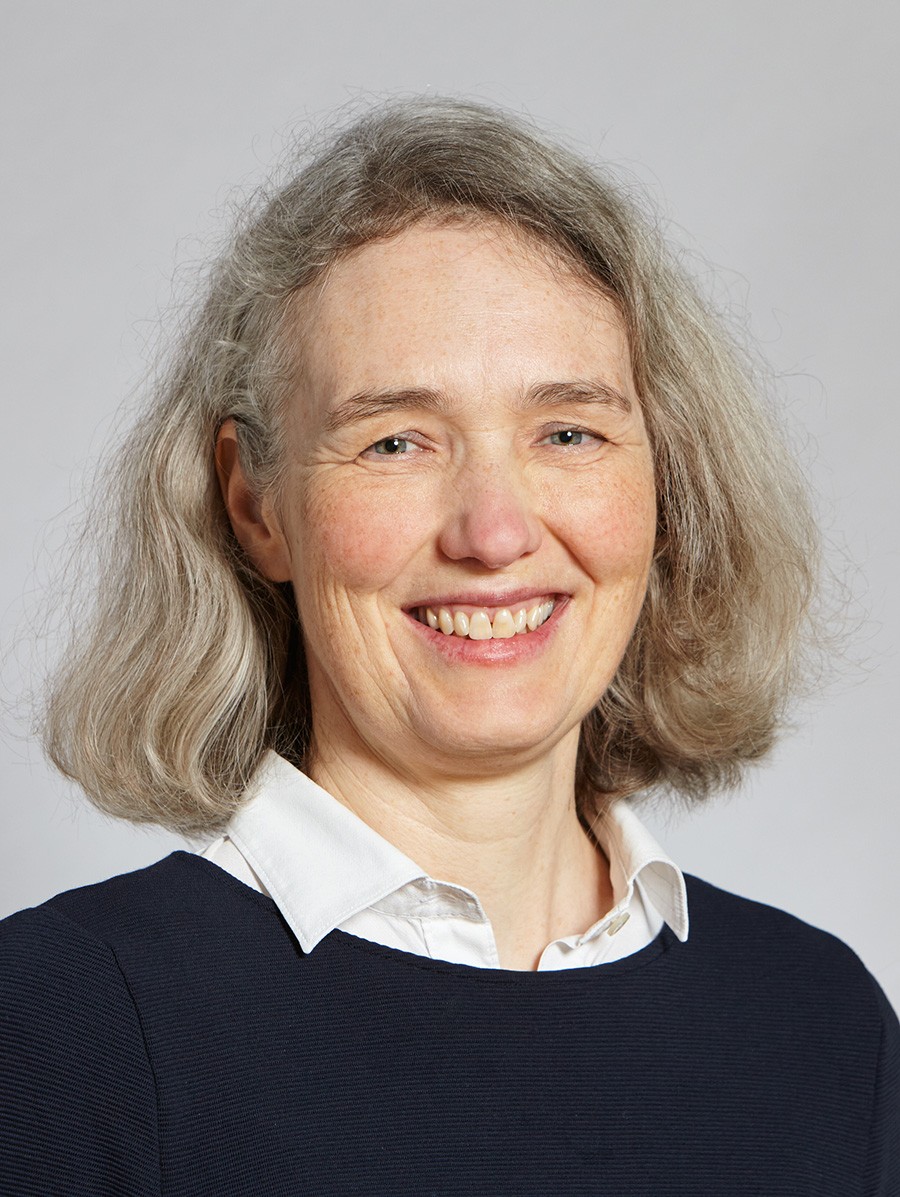A high-resolution, multi-scale urban land use transport interaction model for sustainable spatial and mobility planning in Switzerland
Mobility Initiative Project

Spatial urban planning aims to steer the structure and use of the built environment in ways that satisfy the needs of the urban population while balancing environmental, economic, and demographic aspects. Changes to urban land use—experienced across Switzerland and around the world—have profound influences on mobility patterns within and between settlements. For example, interactions between urban land use and mobility systems can promote active mobility and public transit use and reduce travel distances required to complete different activities.
Through this project, we aim to contribute to a more thorough understanding of the interactions between urban land use and mobility by producing a Switzerland-wide, high-resolution land use forecasting model that integrates aspects from travel demand modeling. Accessibility—the amount of time and other costs it takes different people to reach different destinations of interest—will act as a key feedback component between the travel model and the land use model.
Urban spatial planning decisions inherently take place across multiple scales, from decisions affecting entire neighborhoods to those targeted at individual buildings or roads. Therefore, our proposed model is designed to operate at multiple scales, from the individual street to inter-city connections. To enable the continued use and development of our model and its outputs by stakeholders, an important consideration during model development is to find a good balance between, on the one side, model sophistication and power and, on the other side, interpretability and transparency.
For a range of scenarios of socio-economic, demographic, or environmental change, we will produce forecasts of urban land use, mobility patterns as well as associated sustainability indicators for the mobility sector. Based on these outputs, we aim to inform the development of urban land use and mobility infrastructure in a way that balances societal needs with environmental considerations.
Deputy head of Institute of Environmental Engineering
Institut für Umweltingenieurwiss.
Laura-Hezner-Weg 7
8093
Zürich
Switzerland

Head of Inst Spatial and Landscape Development
Inst. f. Raum- u. Landschaftsentw.
Stefano-Franscini-Platz 5
8093
Zürich
Switzerland

Partner
- SBB
Roadmap
01.2025 - 12.2026 (24 months)